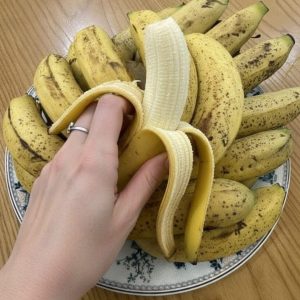Cassava, also known as manioc or yuca, is a starchy root widely eaten in many countries. It’s affordable, filling, and easy to cook, making it a common choice for older adults. For seniors, cassava offers both benefits and risks depending on preparation and portion size.
Cassava is high in carbohydrates, providing energy that helps elderly individuals maintain stamina. It also contains vitamin C, calcium, and potassium, which support immunity, tissue repair, bone strength, and heart health.
However, raw cassava contains cyanogenic compounds that can release cyanide if not prepared properly. Seniors should only eat cassava that has been fully peeled, soaked, and thoroughly cooked.
Because cassava is high in carbs but low in protein and healthy fats, eating too much may cause blood sugar spikes, weight gain, or nutrient imbalances. Diabetic seniors should monitor portions. Pairing cassava with protein, vegetables, or legumes creates a healthier, balanced meal.
In moderation and when safely prepared, cassava can be a nutritious part of an elderly person’s diet.



